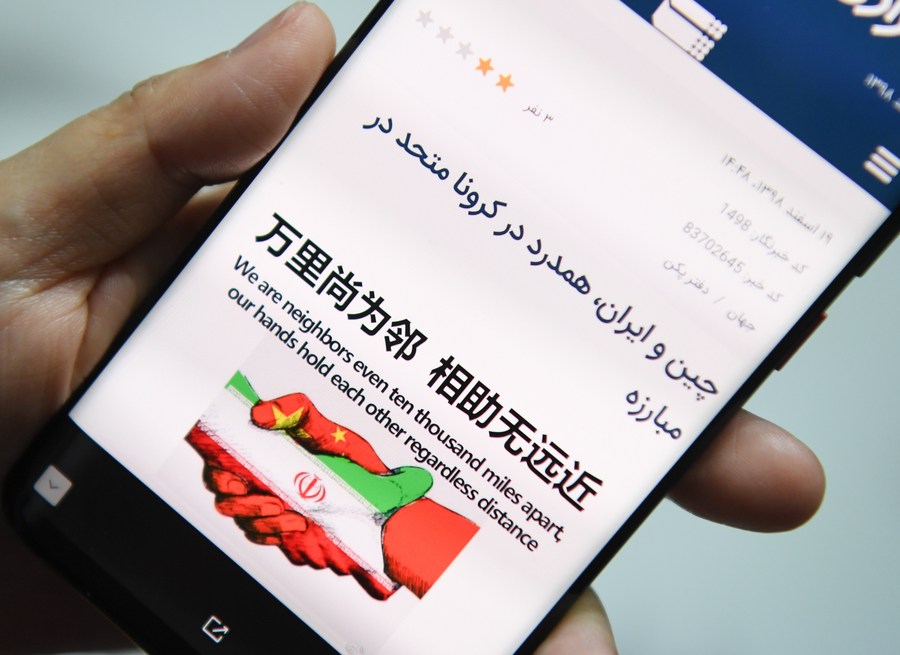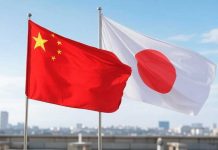TEHRAN: Back in 2016, ahead of his state visit to Iran, Chinese President Xi Jinping wrote in a signed article that “the thousand-mile-long land and maritime silk roads made it possible for two ancient civilizations and peoples to embrace and befriend each other.”
Though seven years apart, Xi’s words were echoed by Iranian President Ebrahim Raisi, who wrote in an article published on Monday when he was about to embark on his trip to Beijing earlier this week.
For Iran and China, which have been in contact and interaction with each other for a long time and have had direct acquaintance and mutual understanding, it is time to get to know each other directly in the new era, Raisi wrote. Despite the long distance separating the two ancient civilizations, the Chinese and the Iranians have authored extraordinary stories of friendly exchanges and mutual understanding.
“This will be my first trip to Iran, yet like many other Chinese, I do not feel like a stranger in your ancient and beautiful country, thanks to the Silk Road that linked our two great nations for centuries and to the many legendary stories recorded in history books of our friendly exchanges,” Xi wrote in his 2016 article.
Over 2,000 years ago during the Han Dynasty in China, the Chinese envoy Zhang Qian’s deputy came to Iran and received warm welcome. Seven centuries later during the Tang and Song dynasties, many Iranians came to China’s Xi’an and Guangzhou to study, practice medicine and do business. In the 15th century, a renowned Chinese navigator Zheng He from the Ming Dynasty led seven maritime expeditions, which took him to Hormuz in southern Iran three times.
Since the inception of the diplomatic ties in 1971, the China-Iran relationship has stood the test of international changes and maintained a momentum of sound and steady development.
In the face of complex changes in the world, times and history, China and Iran have supported each other, worked together to fight the COVID-19 pandemic, consolidated strategic mutual trust and made steady progress in practical cooperation, which has promoted common interests, safeguarded international fairness and justice, and written a new chapter in China-Iran friendship.
Mohammad Reza Manafi, editor-in-chief for the Asia-Pacific news desk of Iran’s official news agency IRNA, said covering China’s news and developments is one of the main priorities of his work.
“Every day I am trying to learn more and more about China, its friendly people, its lovely culture, its strong technology and unbelievable improvements in different fields,” he told Xinhua.
“News on China-Iran ties, cultural similarities, and tourist attractions of both countries are among my favorite news stories,” he said. He was confident that “such news can promote and improve the mutual understanding between the people in the two nations.” Hamed Vafaei, director of the Asia Research Center at the University of Tehran, has focused on China studies for years.
He teaches young Iranians the Chinese language and culture. That is one of his ways to help deepen China-Iran relations.
“Learning Chinese is very popular in Iran now, and many students are particularly interested in learning about Chinese culture,” Vafaei said. Some Chinese universities are also offering Persian courses, which can help “take the relationship between the two countries to a new level,” he added.
“As an Iranian scholar, I believe that China will definitely play a bigger role as a major country in the world, and our task is to understand the country well,” said the China expert.
Many of Vafaei’s students share his view. Mobina Moradkhani, a third-year Chinese major, said, “for me, Chinese is not just a language. It is the golden key to a colorful world.”
–The Daily Mail-China Daily news exhange item





